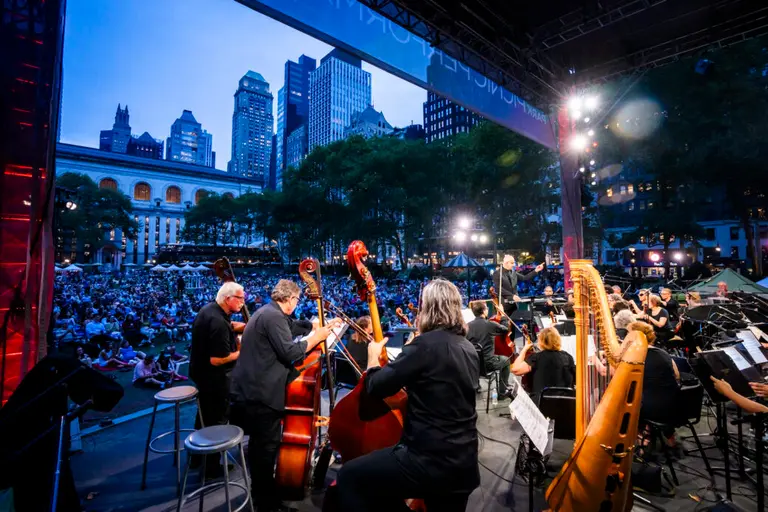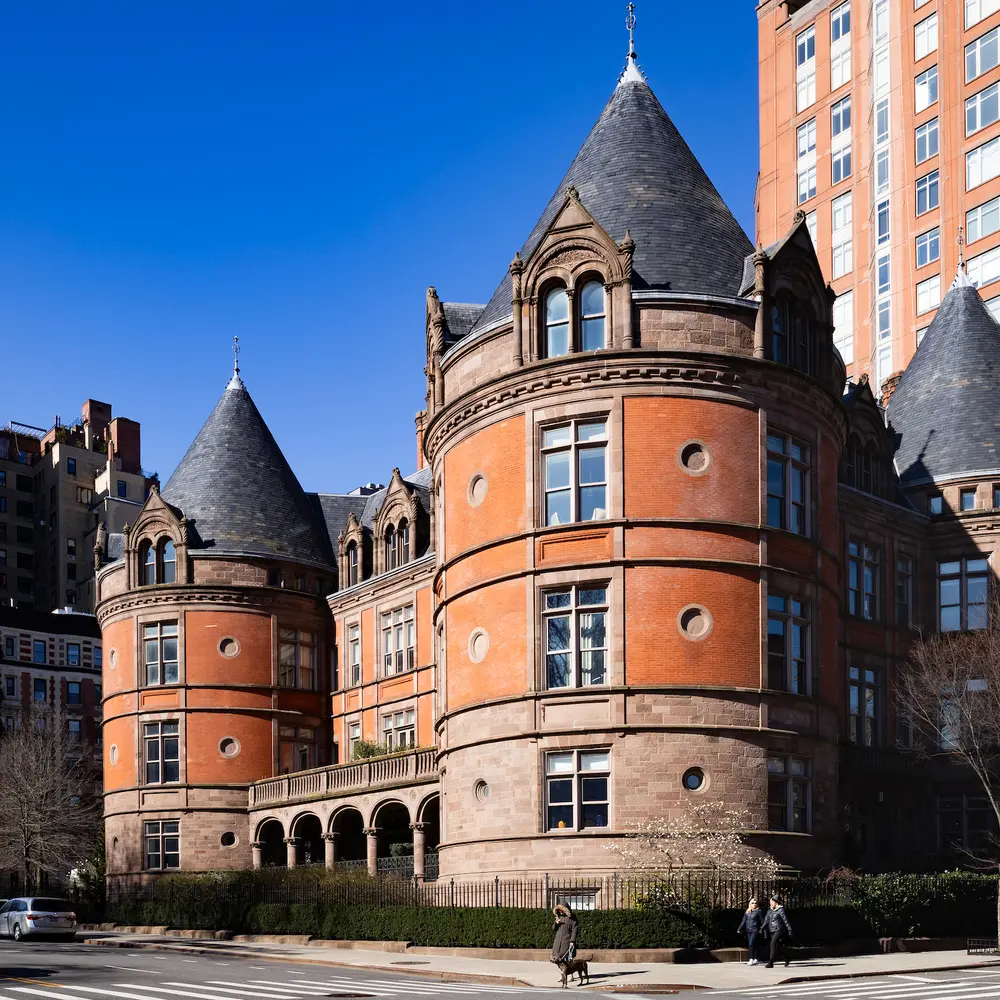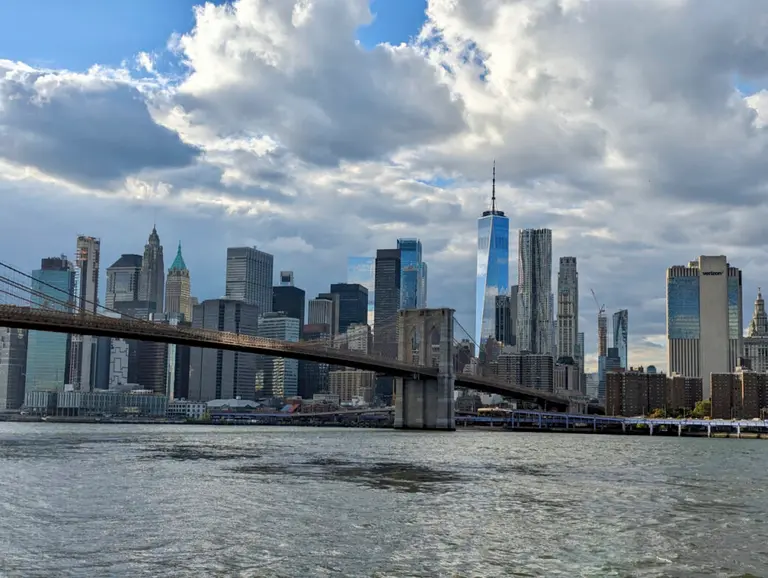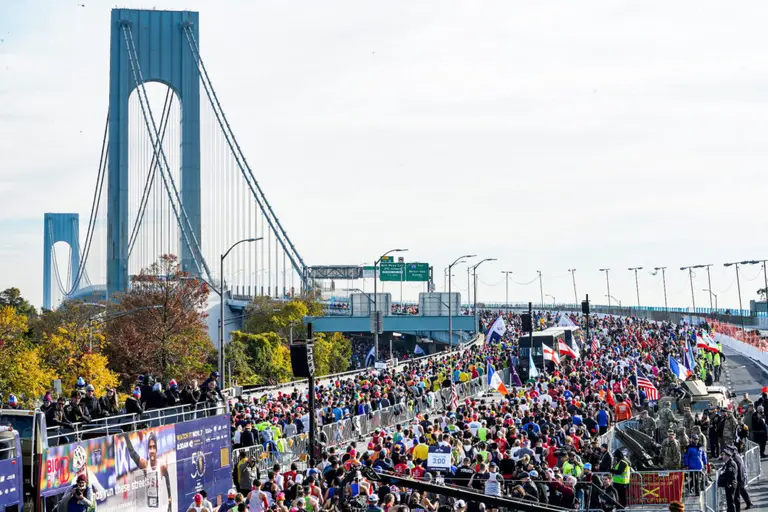MTA says Uber use is the cause of NYC subway and bus ridership drop
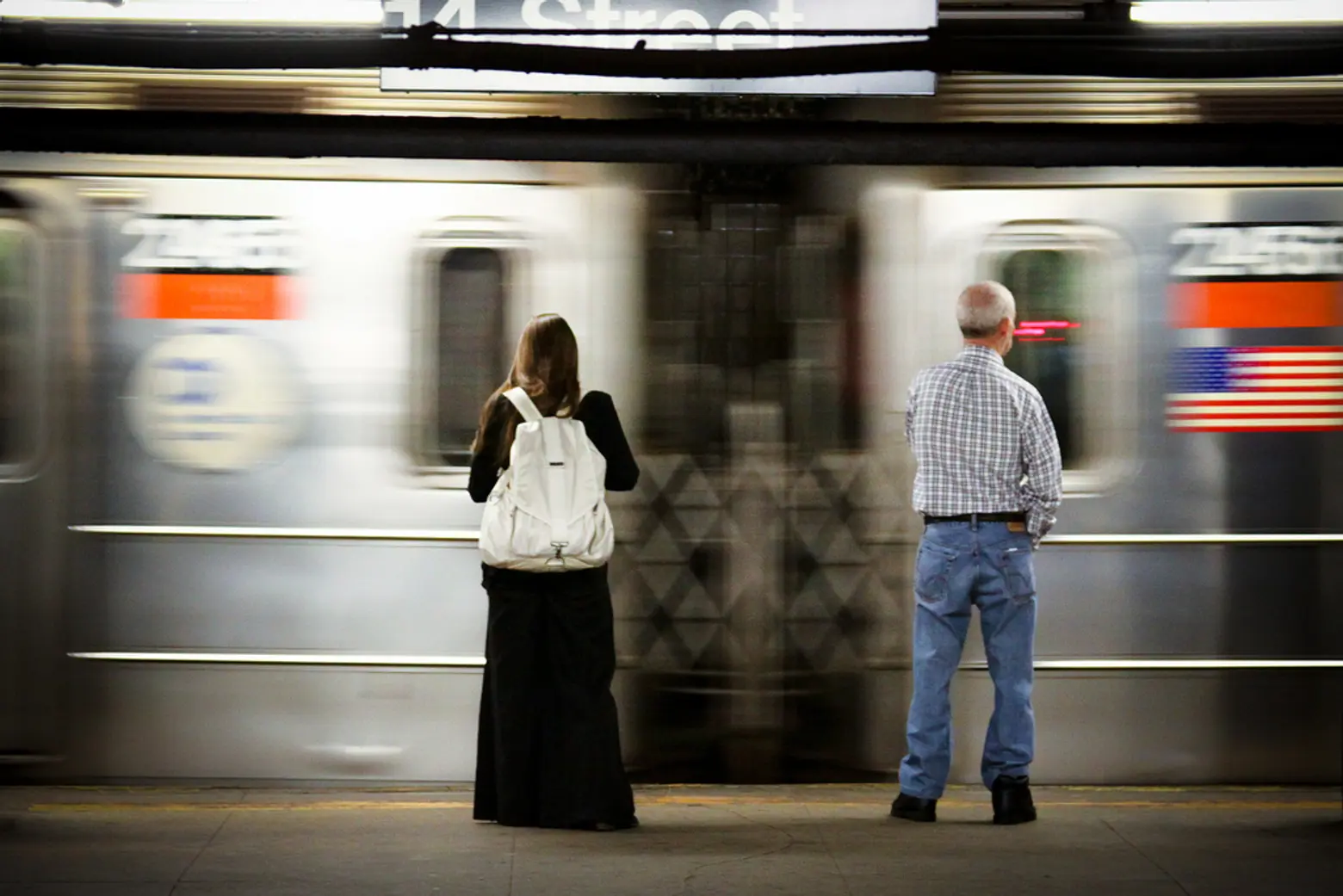
Image: Todd Shaffer via Flickr.
According to the Wall Street Journal, the MTA has presented data showing that lower New York City mass transit use numbers matched up with an uptick in taxi and ride-hailing trips. Even as the city’s population grows, subway and bus ridership has been declining. New York City Transit Executive Vice President Tim Mulligan explained in a presentation Monday how dips in weekday subway ridership between 2016 and 2017 coincided with increased use of taxi and for-hire vehicles.
6sqft reported in February on the notable drop in subway ridership. According to Mulligan the data showed more than just a correlation, “but actually causation” between fewer subway rides and the rise of for-hire car and taxi travel. For 2016 and 2017 for-hire vehicle ridership grew 13.1 percent, an amount Mulligan pointed out was “strikingly similar” to a reduction in subway and bus ridership during the same time period. Though the Uber brand wasn’t mentioned by name, it holds a dominant share in the app-based for-hire car market in New York, accounting for most of the city’s 70,000 app-based for-hire vehicles (there are only 13,600 licensed yellow cabs in operation here, by comparison).
Though according to U.S. census data New York City added nearly 500,000 residents between 2010 and 2017, annual subway ridership stagnated in 2015 before falling by 0.3 percent the following year and by 1.7 percent in 2017. This year, ridership is down down 2.1 percent. Total trips on unlimited 7-day and 30-day MetroCards have slid 3.5 percent between 2015 and 2017. The biggest declines can be seen in off-peak ridership and travel within and between outer boroughs. Neighborhoods farthest from lower Manhattan saw the heftiest increase in for-hire vehicle rides. Subway ridership within the Bronx and Queens fell by 8.2 percent and 6.6 respectively, between May 2017 and May 2018.
Mulligan said the transit ridership decline in New York City is in keeping with the same phenomenon in other cities nationally and internationally as the rise of app-based ride-hailing picks up steam.
The MTA says some of the ridership decline is due to its own service outages such as increased overnight and weekend line closures and the closure of some stations for months at a time while it carries out renovations. Mulligan was asked to analyze the data to see if there is a correlation between ridership declines and whether a subway line is consistently on-time or not.
A spokesman for Uber Technologies, Inc., commented on the news, adding that “The best way to boost subway ridership is to improve service,” and that congestion pricing for drivers who wanted to enter the busiest parts of Manhattan would help boost public transit use.
[Via WSJ]
RELATED:

